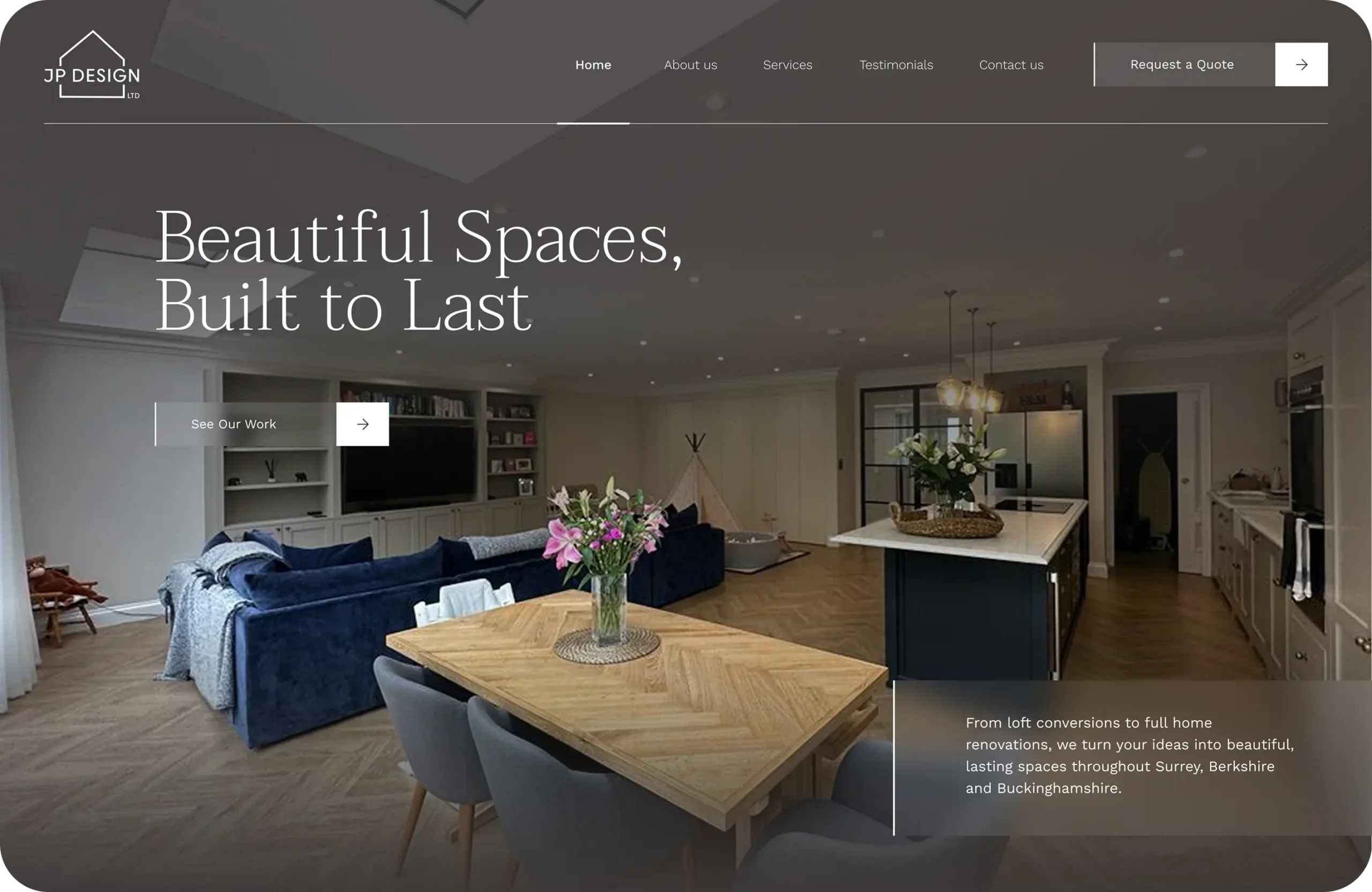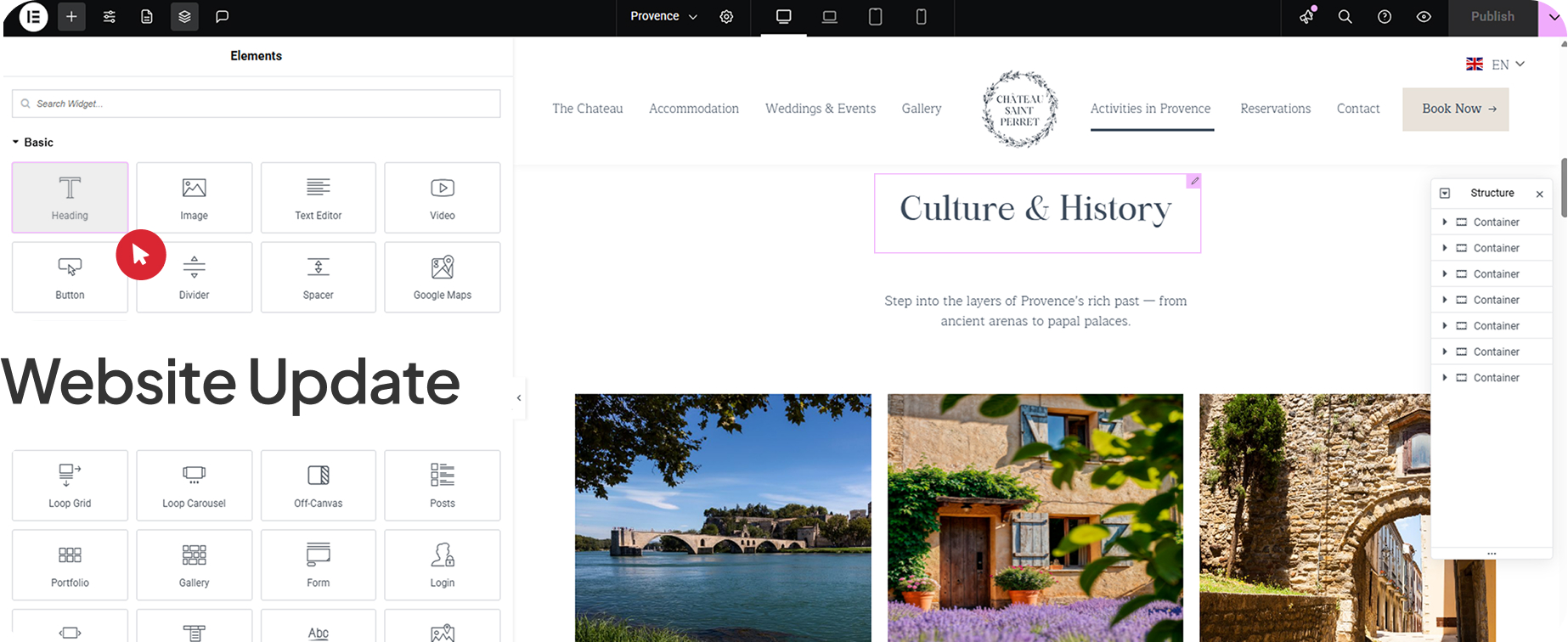Struggling to attract great leads? Charging less than you know you’re worth? Chances are, the problem isn’t your work – it’s your signalling.
Buyers judge fast. Often unconsciously, we decide whether a business feels credible, high-quality and trustworthy within a few seconds. That snap judgement turns into a firm belief as they navigate your website.
Every small detail – from your website’s design and messaging to your prices and imagery – shapes the story prospects tell themselves about your business. That story determines how much they’re willing to pay and whether they’ll get in touch at all.
If your signals don’t match your value – your pricing and growth can hit a ceiling.
How SMEs accidentally signal the wrong thing
You might be great at what you do but your signals can say “cheap,” “risky,” or “amateur.” This creates a pricing ceiling, because new prospects won’t pay more if the signals don’t line up with a premium provider.
Even if you deliver world-class work, these signals push you into the “commodity / low-price” bucket. Premium businesses signal premium before a service/product is bought.
These signals help prospects feel safe and confident in paying more. Just like a luxury store places products in a beautiful showroom, your digital presence needs to look like the level you’re charging for.
Signalling Case Study:
Before:
J P Design were already delivering thoughtful, high-quality building work, but their website didn’t communicate that level of expertise. As a result, potential clients couldn’t immediately see the craftsmanship of the projects they were capable of. Here’s their home page’s hero section (the top section) before our redesign:

After:
The new website brings their true value to the surface – showcasing real projects, clearer messaging and a more polished identity that aligns with the standard of work they deliver every day.

You Charge What You Signal:
People don’t pay the most for the best. They pay the most for what signals the best.
Your websites’ job is to send the right signals, consistently.
If you don’t signal your value, the market will assume you don’t have any.
"When your signals reflect your true value, selling becomes easier - the right clients come to you and higher prices feel obvious."
Andrew, Digital Strategist







